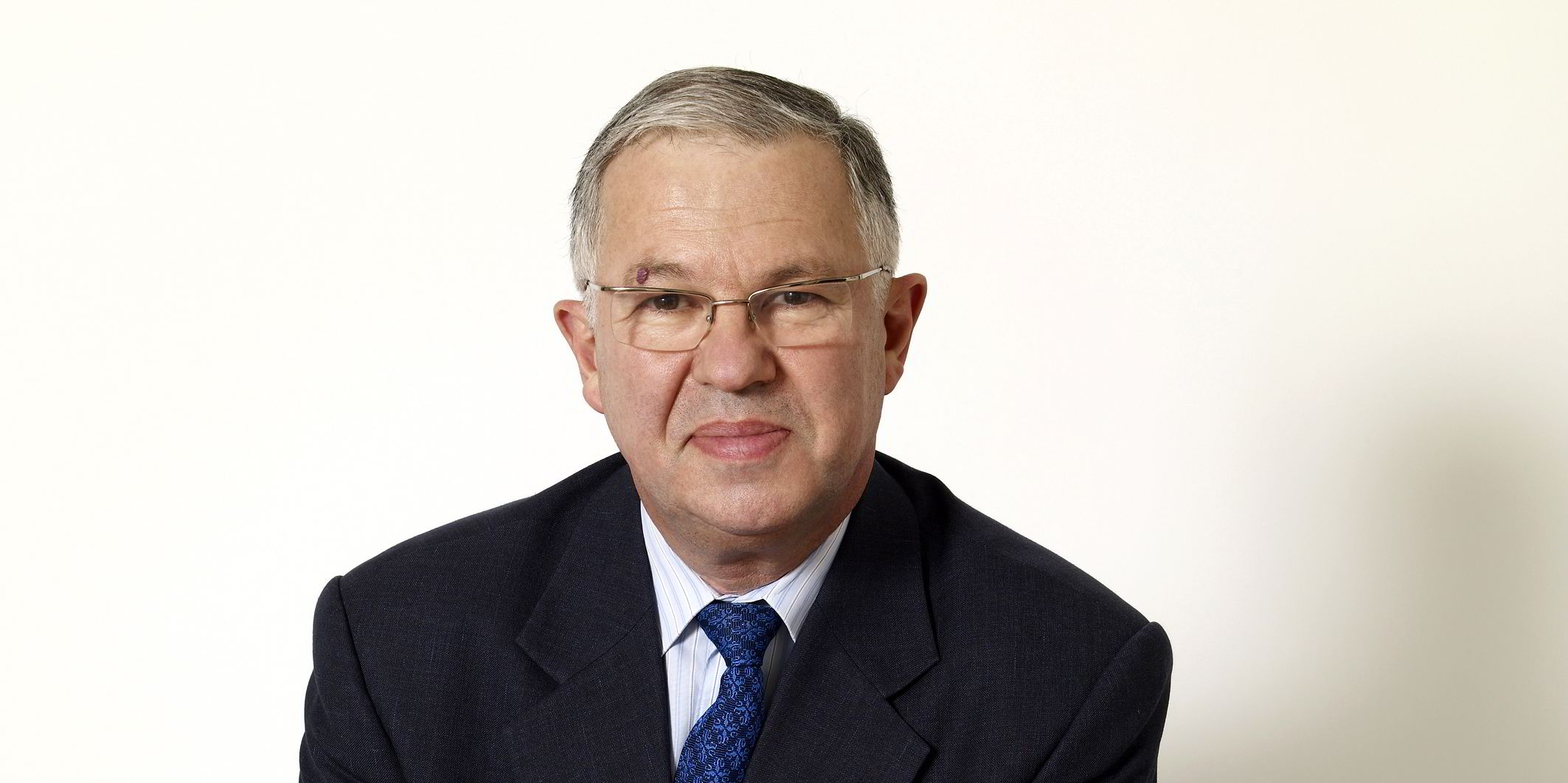Jacques de Chateauvieux-led Bourbon has stacked a total of 104 ships as offshore markets remained very weak.
The total is up from 85 following its last quarterly update as activity declined in the final three months.
The French owner said: "To maximise the utilisation rate and revenue of vessels in operation, Bourbon has maintained an active stacking policy. There were 104 vessels stacked, excluding crew boats, as of December 31, 2016."
Clarksons lists at least 20 crew boats in layup as well, bringing the total to more than 125. Bourbon has 513 ships in total.
The company blamed a further reduction in activity in the deep and shallow water offshore segments, but said there had been a recovery in subsea and, to a lesser extent, the anticipated recovery in crew boats.
Adjusted revenues reached EUR 1.1bn ($1.17bn) in 2016, a decrease of 23.3% year-on-year. The fourth quarter figure was down 5.7% to EUR 244.4m.
The average daily rate in the final three months was $15,081 from $15,260 in the third quarter.
"The rise in oil prices and production limitation agreements are expected to have a favorable effect on oil companies' investments. However, the anticipated effect on offshore activity will be delayed in time, as new investments recovered initially in onshore operations," CEO de Chateauvieux said.
The deepwater market is plagued by over-capacity of vessels given an ever-diminishing demand, the company added.
This continued to impact daily rates and utilisation. Up to 27 of these ships were stacked in the quarter.
Shallow water markets were hit by a lack of new drilling or maintenance projects, most particularly West Africa and Asia. This led to 73 ship being stacked.
Looking ahead, Bourbon is predicting a gradual recovery of maintenance activity at existing fields this year.
"Drilling is initially picking up onshore, with the prospect of a recovery in the offshore segment in late 2017 and 2018," it added.
Utilisation rates should improve in the subsea and crew boat sectors, but deepwater and shallow water vessels "will continue to experience the effects of the low point of the cycle in the first quarters of 2017."




